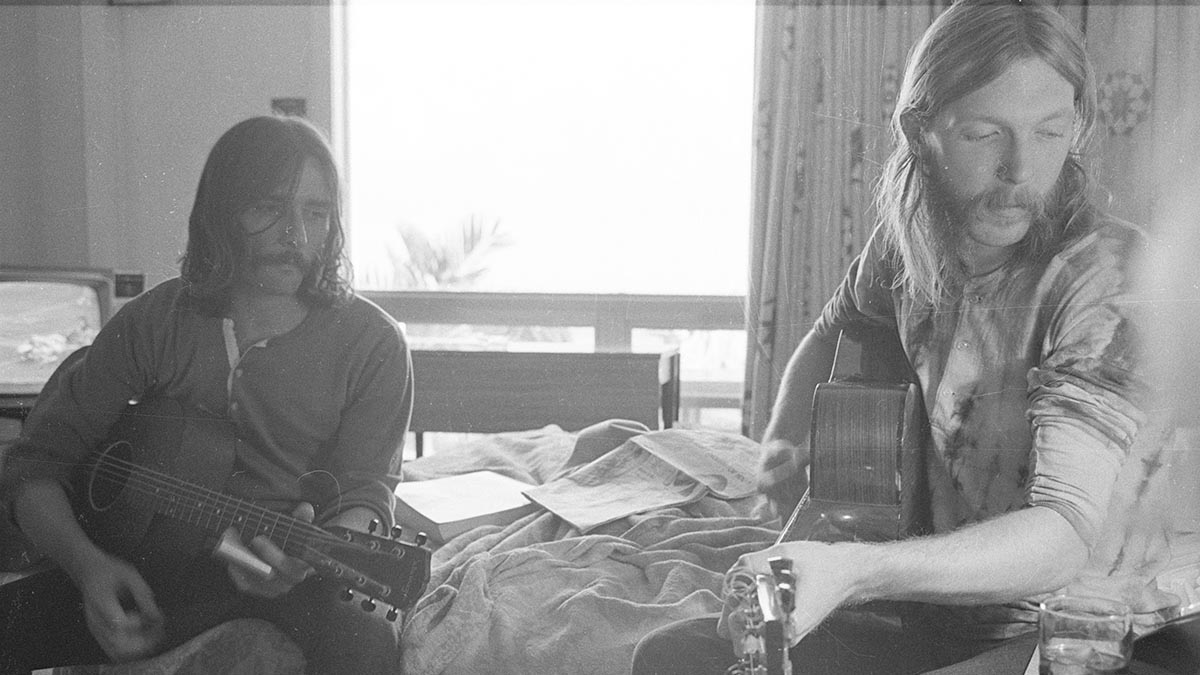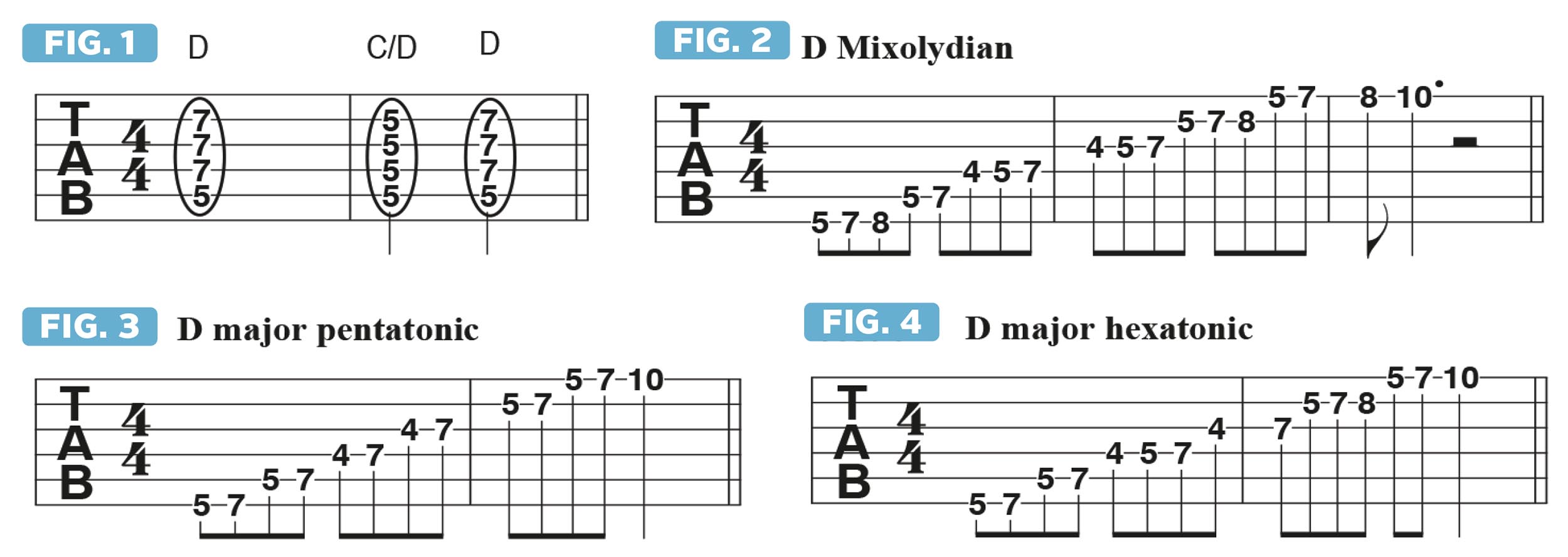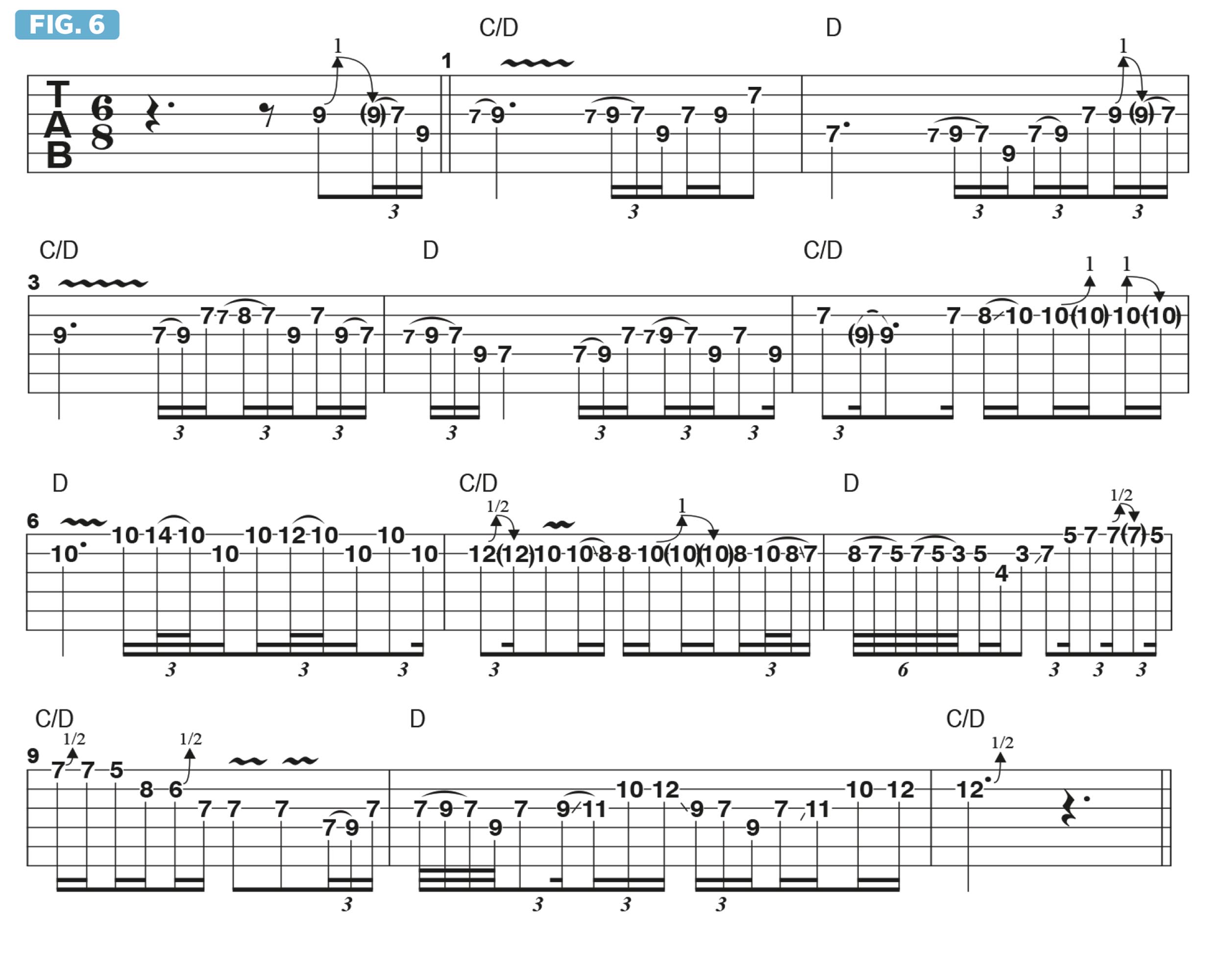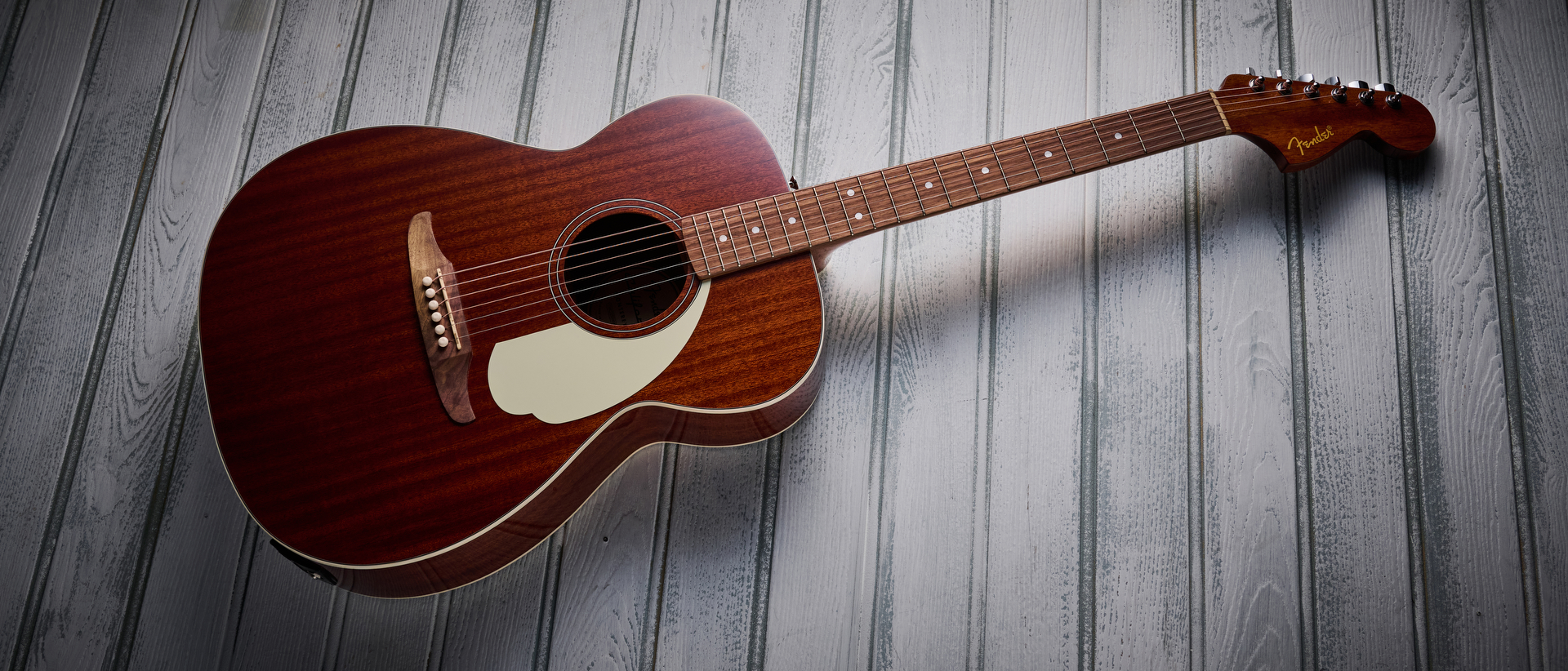How to solo over a two-chord vamp in the style of the Allman Brothers
Inspired by the Allman Brothers classic Dreams, this lesson teaches you how to tell a story through lead guitar

The Allman Brothers Band created a timeless catalogue of incredible music that has inspired musicians of every genre for over 50 years. A cornerstone of the group’s groundbreaking style is the creative improvisational mastery of its two brilliant founding guitarists, Dickey Betts and Duane Allman.
While sharing similar musical influences that include elements of blues, rock, country and jazz, both players have unique, immediately recognizable styles. Many aspiring guitarists over the last 50 years have benefitted immensely from listening to these two legendary musicians.
The ABB crafted their music in ways that laid various foundations for group improvisation, with many songs extending beyond 10 minutes in order to allow each soloist the widest path imaginable for creative musical invention.
One song that epitomizes this approach is Dreams, written by vocalist and organist Gregg Allman and originally recorded for the band’s 1969 eponymous debut.
Duane’s guitar solo on this studio track, one in which he switches to slide guitar midway through, is regarded by many as one of his all-time greatest solos and is “required listening/learning” for any serious guitar player. There are a few fantastic live versions to check out as well.
The solo section of Dreams is based on a two-chord vamp, C/D to D, played in 6/8 meter, with each chord played for one bar, resulting in a repeating two-bar progression.
Figure 1 illustrates a 5th-string root D barre chord and the C/D chord, which is sounded by barring the index finger across the middle four strings at the 5th fret.
All the latest guitar news, interviews, lessons, reviews, deals and more, direct to your inbox!
The scale that works best over both chords is D Mixolydian (D, E, F#, G, A, B, C), illustrated in Figure 2. As you can see, the scale includes the chord tones of C/D (D, G, C, E) and D (D, F#, A). When soloing, Duane will often “abbreviate” D Mixolydian to D major pentatonic (D, E, F#, A, B), shown in Figure 3, or D major hexatonic (D, E, F#, G, A, B), depicted in Figure 4.
An interesting thing that happens when playing D Mixolydian over C/D is that the notes F# and B represent, respectively, the #11 (sharp 11th) and maj7 (major seventh) relative to the C major triad within the chord structure.
When played over the D chord that follows, these two notes “resolve to,” or become, that chord’s major 3rd, F#, and major 6th, B. Figure 5 shows D Mixolydian when played over both C and D root notes.
Figure 6 offers a 10-bar solo played over the repeating two-bar “Dreams” vamp. When playing over C/D, I make a point of emphasizing the chord tones of C major – C, E, G.
When playing over D, I emphasize the D major chord tones – D, F# and A. The “trick, or “riddle,” is to play spontaneous lines that reference each chord in a musical way while also telling a captivating musical story that unfolds as the solo develops.
Guitar World Associate Editor Andy Aledort is recognized worldwide for his vast contributions to guitar instruction, via his many best-selling instructional DVDs, transcription books and online lessons. Andy is a regular contributor to Guitar World and Truefire, and has toured with Dickey Betts of the Allman Brothers, as well as participating in several Jimi Hendrix Tribute Tours.





